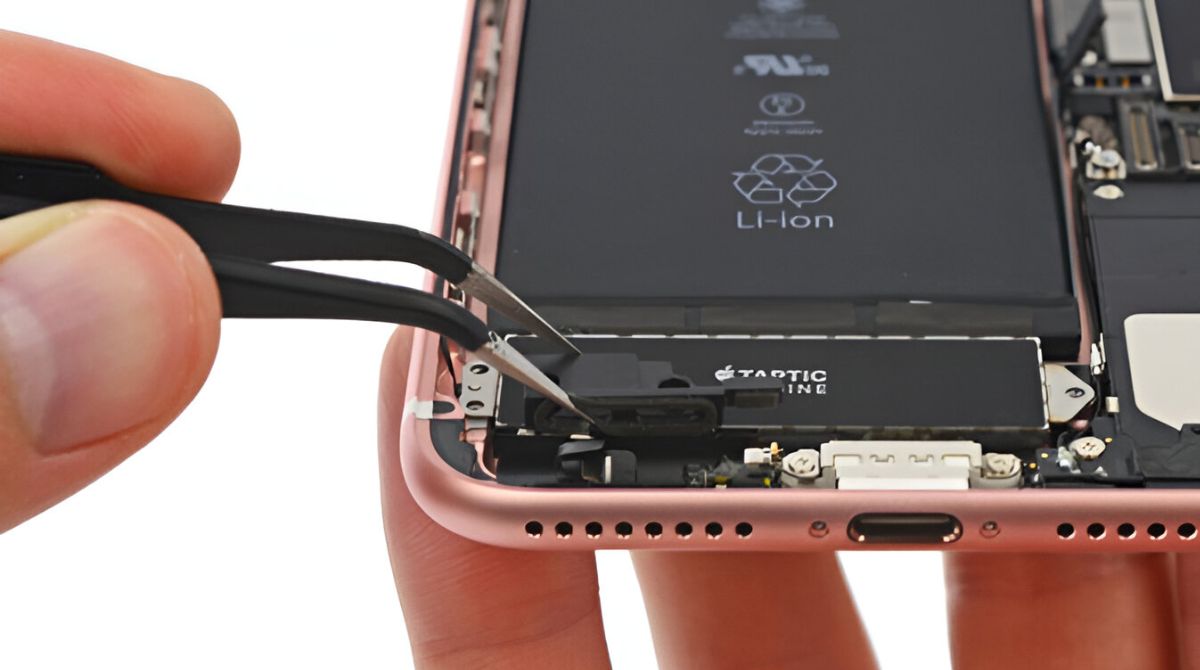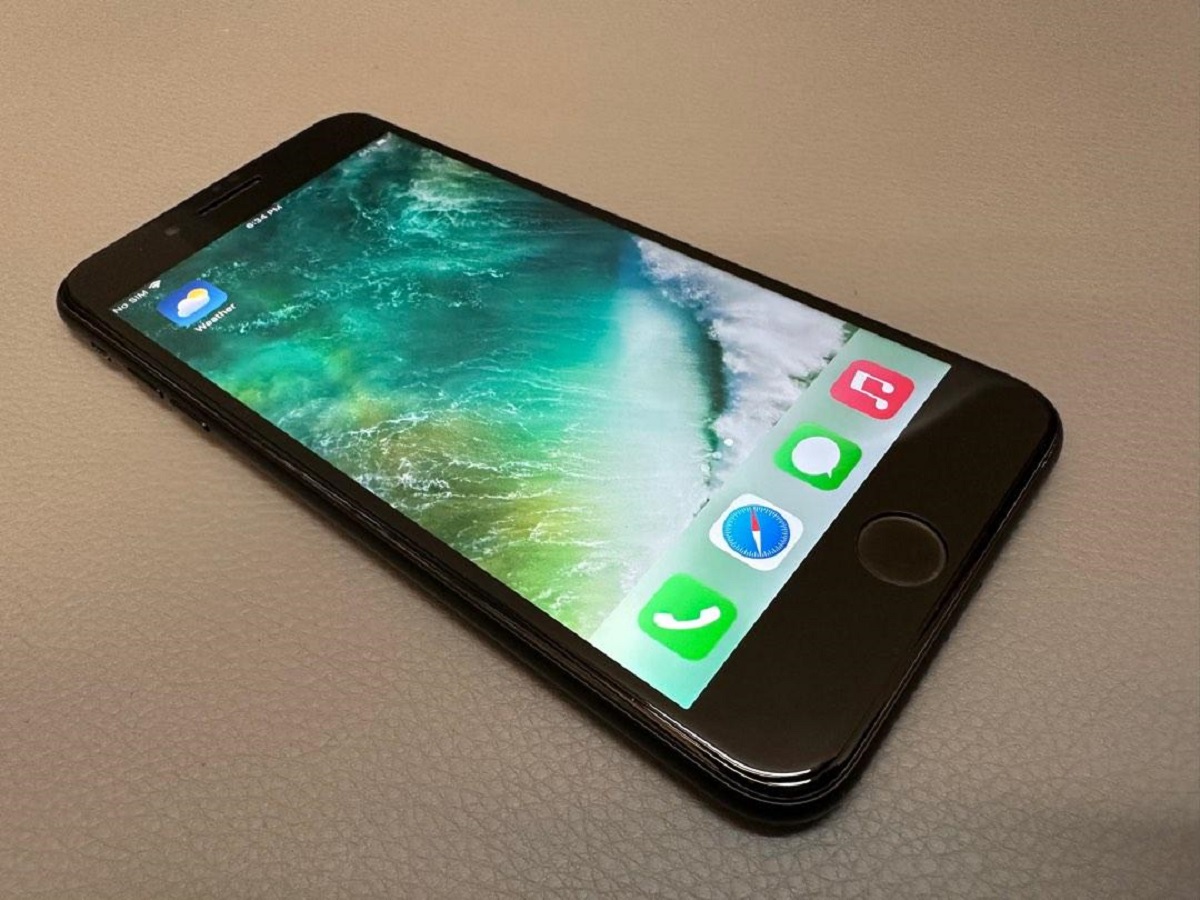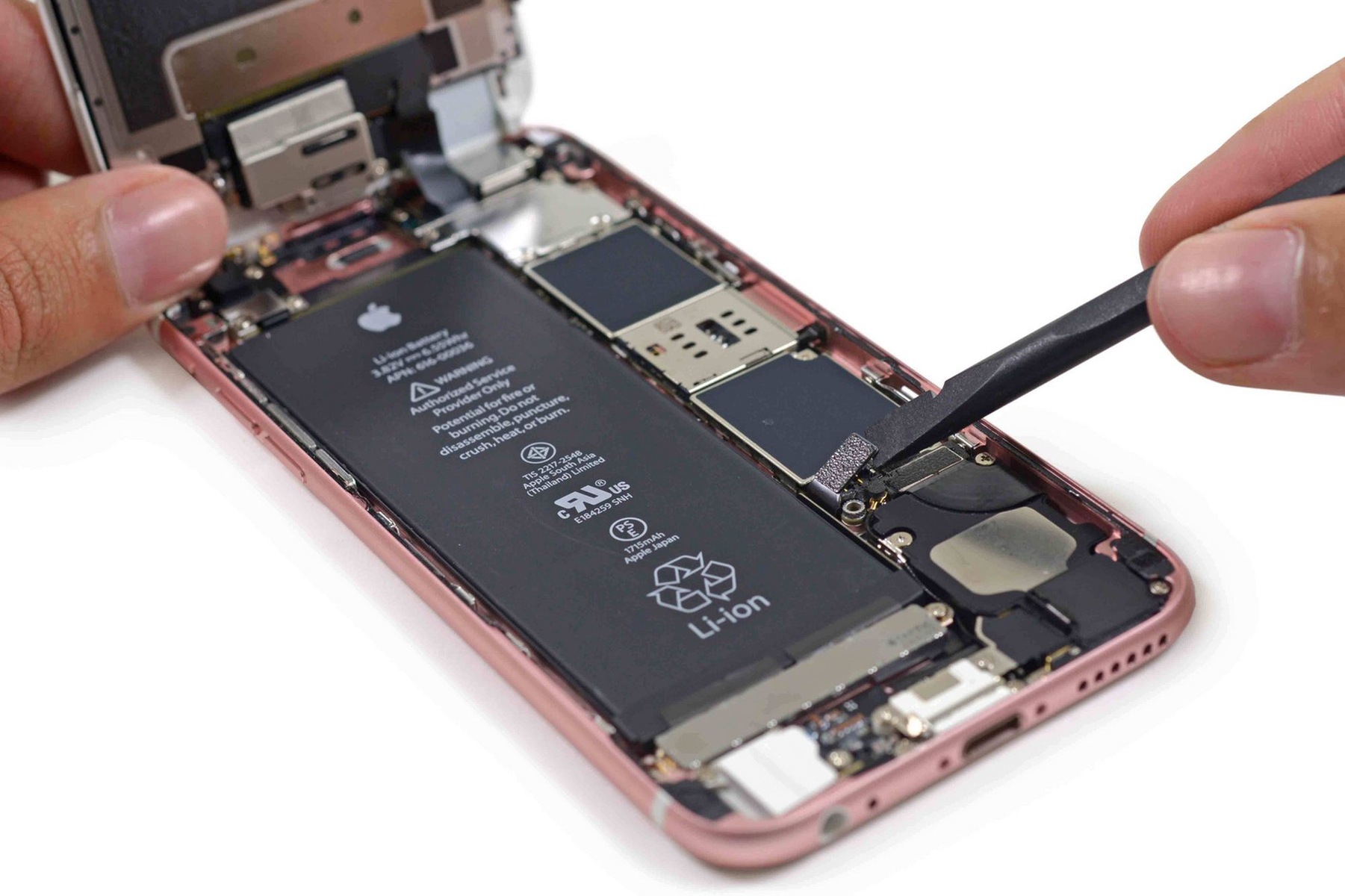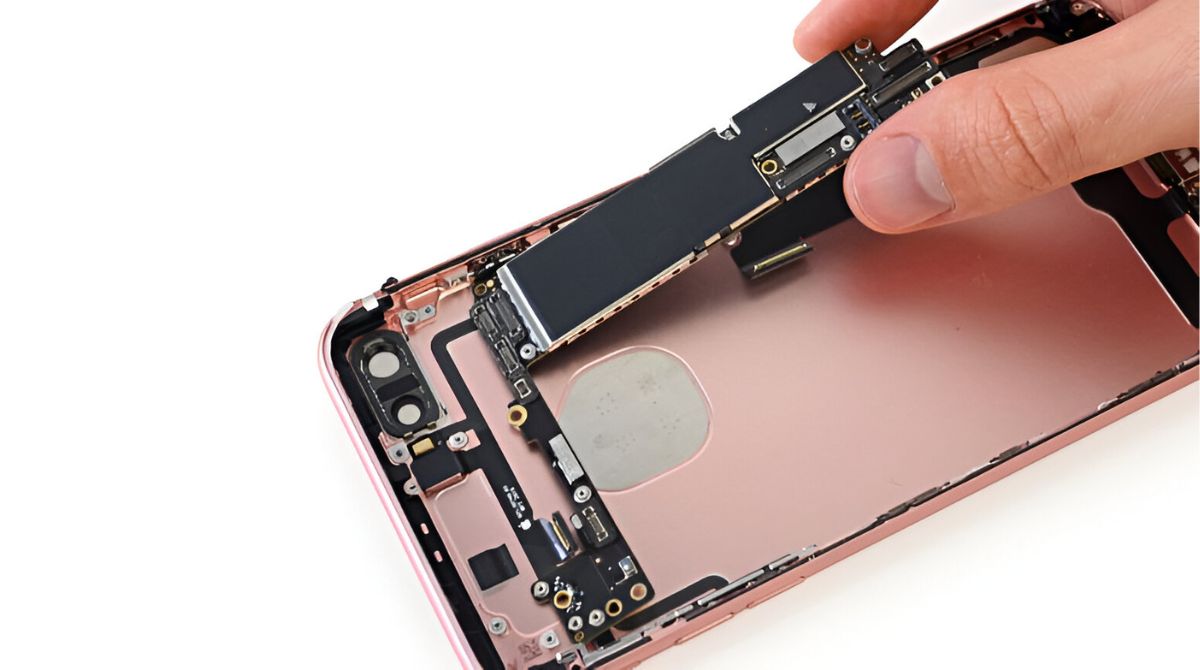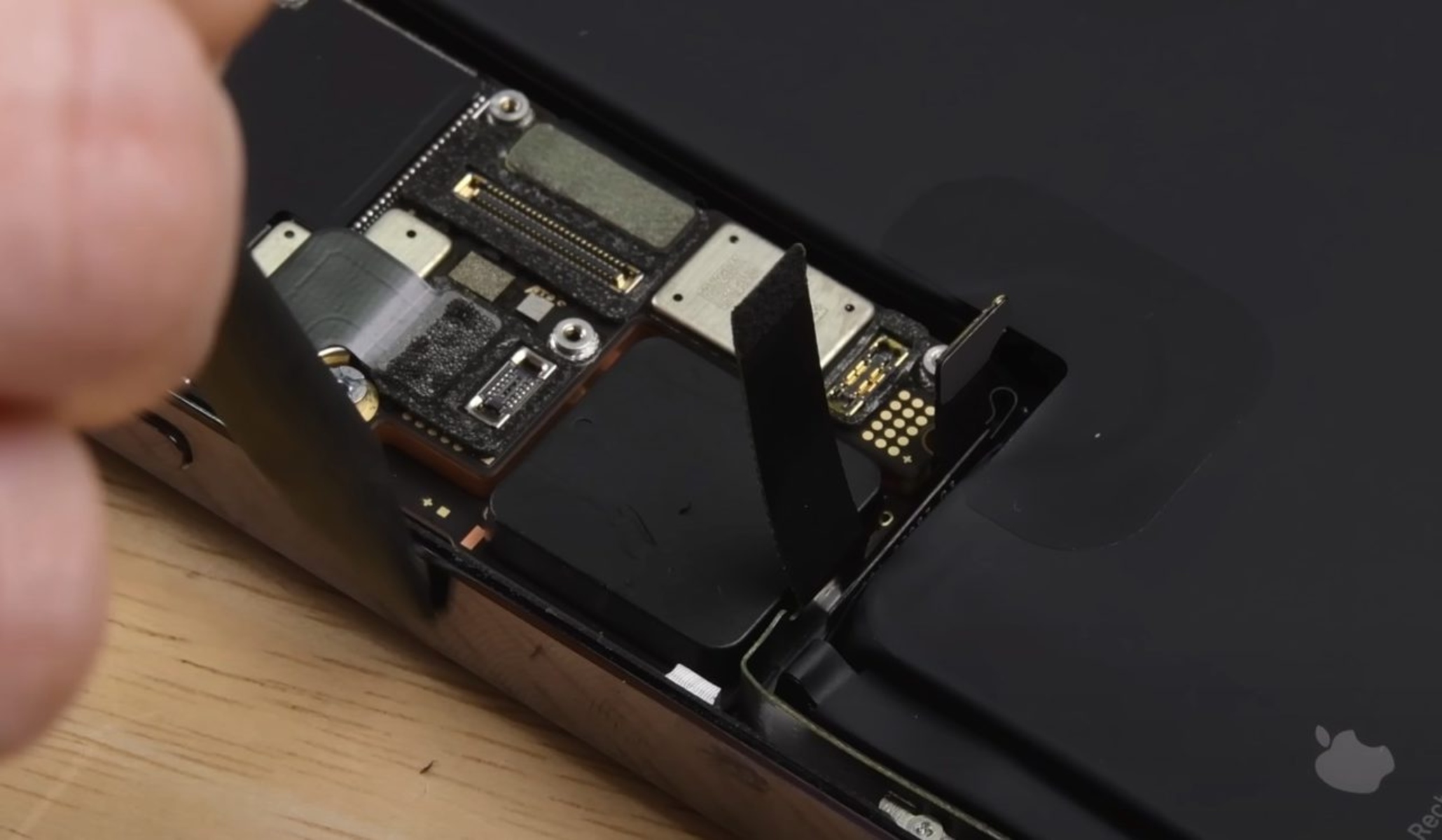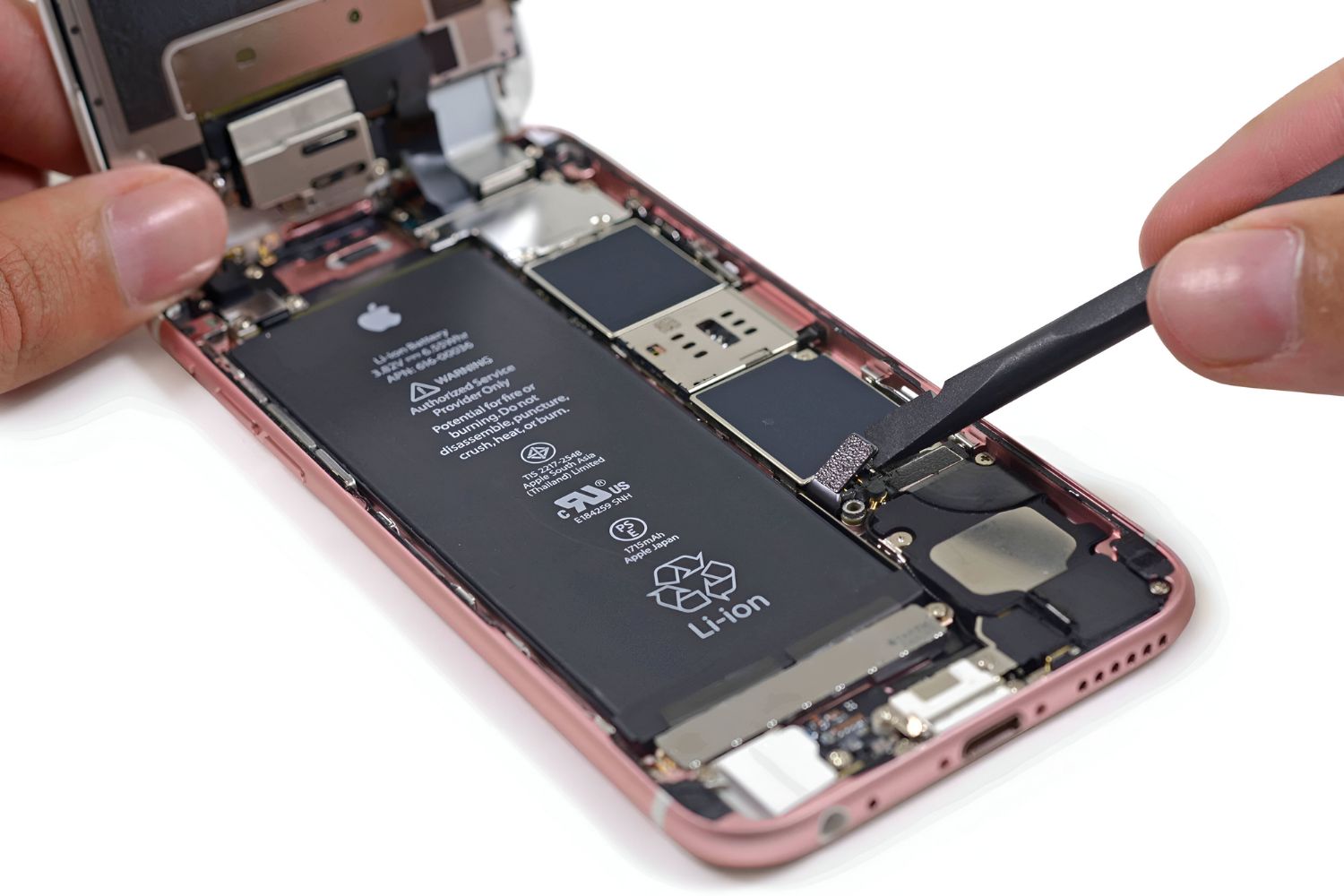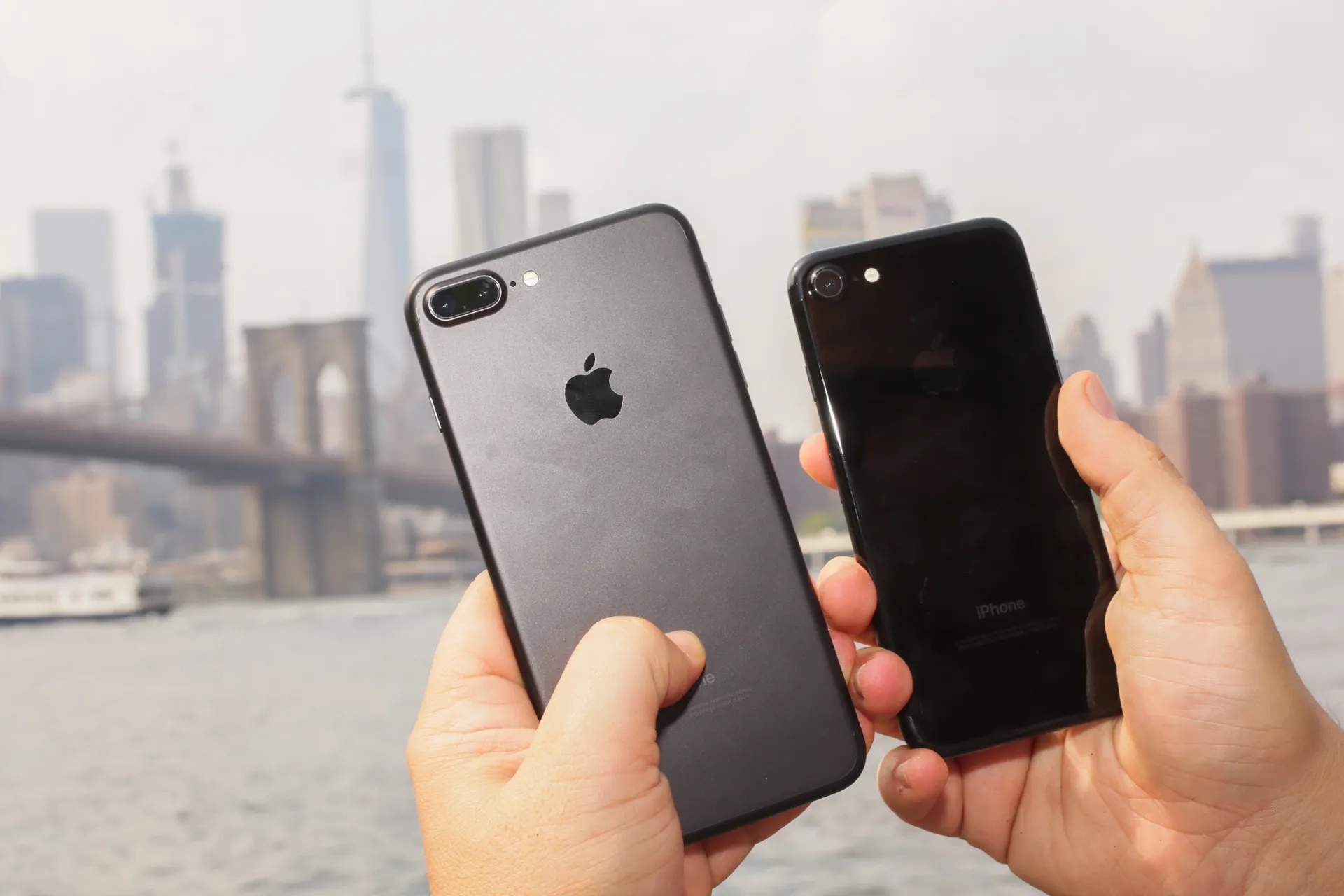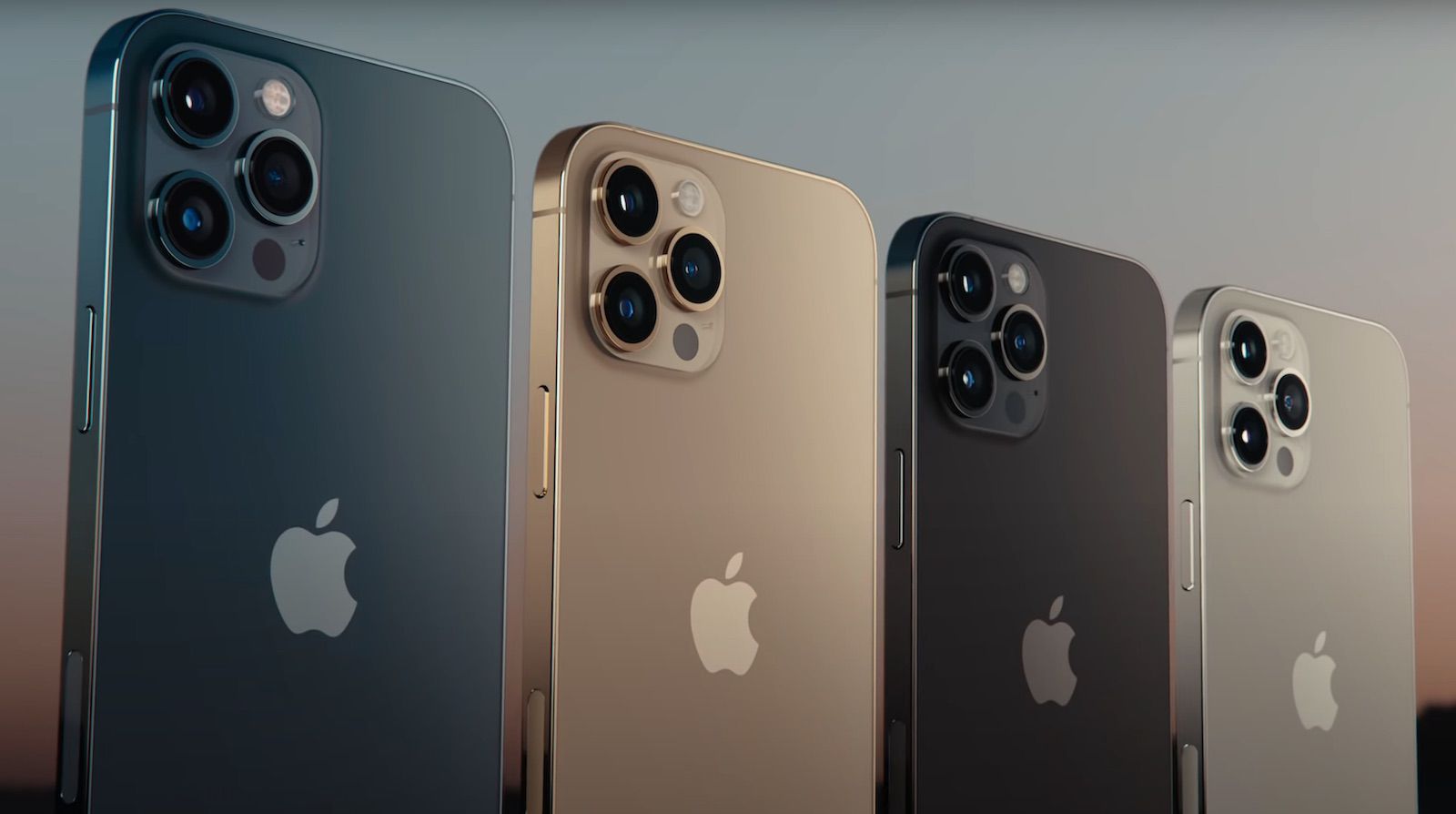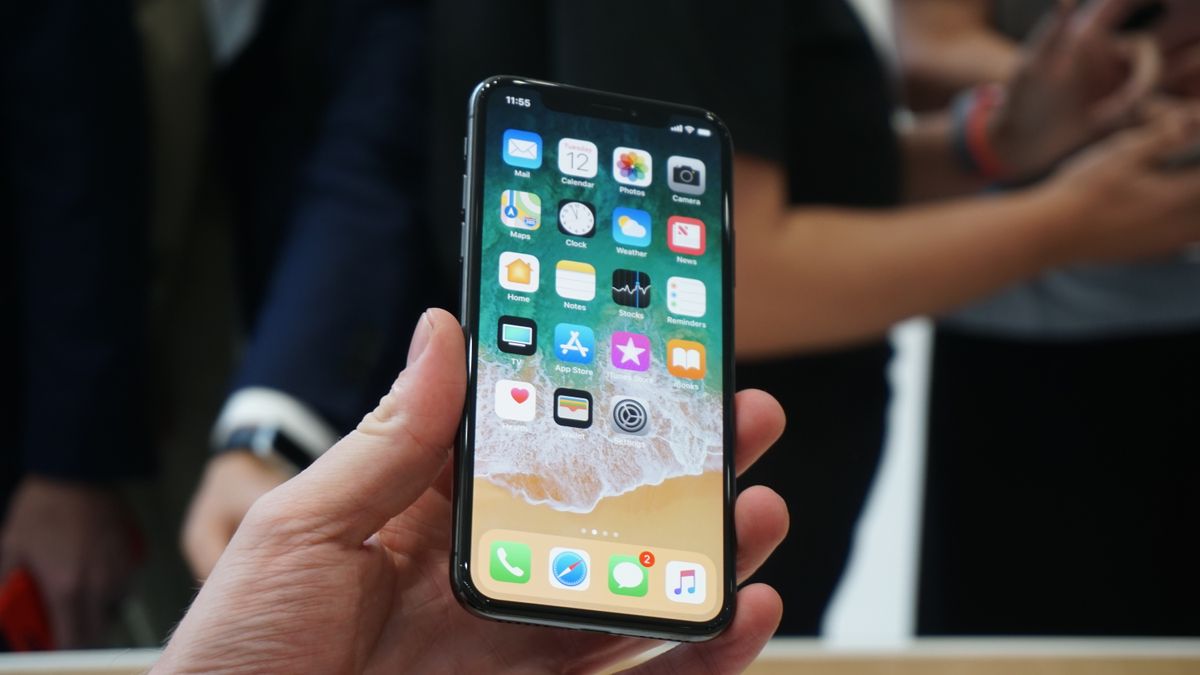Introduction
Welcome to our in-depth guide on RAM in the iPhone 7. If you’re a tech enthusiast or simply curious about the inner workings of your iPhone, understanding the role of RAM is essential. RAM, or Random Access Memory, is a critical component of any electronic device, including smartphones. It plays a crucial role in determining the device’s overall performance, speed, and multitasking capabilities.
In this article, we will explore what RAM is, why it is important for your iPhone 7, and delve into the specifics of the RAM in this particular model. We will also discuss the impact of RAM on overall performance and the management of RAM in the iPhone 7.
By the end of this guide, you will have a better understanding of how RAM functions in your iPhone 7, how much RAM it has, and how it affects the device’s performance. So, let’s dive in and uncover the mysteries of the iPhone 7’s RAM!
What is RAM?
Before we dive into the specifics of RAM in the iPhone 7, let’s first understand what RAM actually is. RAM, short for Random Access Memory, is a type of computer memory that is used to store data that is actively being used by the system and applications. It is different from permanent storage memory, such as the device’s internal storage or hard drive.
RAM acts as a temporary workspace for your device, allowing it to quickly access and manipulate data while performing tasks. When you open an app, for example, the necessary data is loaded into RAM so that the CPU (Central Processing Unit) can access it easily and perform operations quickly. This is why having an adequate amount of RAM is crucial for smooth multitasking and overall system performance.
Think of RAM as your device’s short-term memory. It provides a faster and more responsive experience by temporarily holding data that is frequently accessed or currently in use. Without RAM, your device would need to rely on slower forms of storage, such as the internal storage or hard drive, which would result in slower performance and longer load times.
It’s worth noting that RAM is a volatile form of memory, meaning that it requires a constant flow of electricity to retain data. When your device is turned off or restarted, the data stored in RAM is erased. This is why it’s essential to save any important information before shutting down or restarting your iPhone 7.
Now that we have a basic understanding of what RAM is, let’s explore why RAM is important for the overall performance of your iPhone 7.
Why is RAM important?
RAM plays a crucial role in determining the performance and responsiveness of your iPhone 7. Here are a few key reasons why RAM is important:
1. Multitasking: With the increasing number of apps and tasks we perform on smartphones, multitasking has become a common requirement. RAM allows your iPhone 7 to efficiently switch between different apps and processes, ensuring a smooth multitasking experience. Having sufficient RAM ensures that your device can keep multiple apps running simultaneously without slowing down.
2. App Performance: RAM affects how fast apps open, load data, and respond to user interactions. More RAM allows for faster app launching and reduces loading times. When you open an app, the relevant data is pulled from the internal storage and loaded into RAM. The more RAM your iPhone 7 has, the more data it can hold, resulting in speedy app performance.
3. System Performance: RAM not only impacts individual app performance but also the overall system performance. It helps speed up animations, transitions, and the general responsiveness of the user interface. With sufficient RAM, your iPhone 7 can handle resource-intensive tasks, such as gaming or video editing, without lag or slowdowns.
4. Future-Proofing: As technology advances and new software updates are released, the demand for more RAM increases. Having an adequate amount of RAM in your iPhone 7 ensures that it can meet the requirements of future applications and updates. It allows you to enjoy a seamless user experience and avoid the need for frequent upgrades.
5. Battery Efficiency: Surprisingly, RAM also plays a role in optimizing battery life. When apps are stored in RAM, they can resume from their previous state quickly, reducing the need to load data from the internal storage. This efficient data retrieval process consumes less power, resulting in improved battery efficiency.
As you can see, RAM is a critical component that directly impacts the performance and user experience of your iPhone 7. Having sufficient RAM ensures that your device can handle demanding tasks, run multiple apps simultaneously, and provide a smooth and enjoyable user experience.
RAM in iPhone 7
Now that we understand the importance of RAM, let’s take a closer look at the RAM specifications of the iPhone 7. Released in 2016, the iPhone 7 featured improvements in various aspects, including processing power and memory capacity.
The iPhone 7 was equipped with 2GB of RAM, which was an increase from its predecessor, the iPhone 6s. While 2GB may seem lower compared to some Android devices at the time, Apple has always been known for its optimization prowess, allowing iPhones to deliver impressive performance despite having less RAM.
The decision to include 2GB of RAM in the iPhone 7 was driven by Apple’s dedication to maintaining a balance between performance and power efficiency. Apple’s iOS operating system is highly optimized, allowing the iPhone 7 to operate smoothly and handle resource-intensive tasks without significant slowdowns.
Although the iPhone 7 introduced a new A10 Fusion chip, which provided excellent performance and power efficiency, some users and critics voiced concerns about the 2GB RAM configuration. They argued that additional RAM would enhance multitasking capabilities and future-proof the device.
However, it’s important to note that Apple’s hardware and software integration, along with the efficient management of RAM, helped the iPhone 7 deliver impressive performance even with 2GB of RAM. The iOS operating system intelligently manages memory usage, effectively prioritizing active tasks and releasing resources from background processes, ensuring smooth performance.
Additionally, Apple’s focus on app optimization and stringent app development guidelines contribute to the efficient utilization of RAM. Developers are encouraged to create apps that consume minimal resources, resulting in better overall performance and less strain on the device’s RAM.
While the 2GB RAM configuration of the iPhone 7 may not seem as high as some flagship Android devices, it is important to remember that Apple’s vertically integrated approach and software optimization allow for a seamless user experience, even with this seemingly modest RAM capacity.
Now that we have discussed the RAM specifications of the iPhone 7, let’s explore the impact of RAM on the device’s overall performance.
How much RAM does iPhone 7 have?
The iPhone 7, released in 2016, comes with 2GB of RAM. Apple decided to stick with this amount of RAM for the device, despite some criticisms from users and critics who argued that more RAM would have been beneficial for multitasking and future-proofing.
While 2GB of RAM may seem lower compared to some Android devices at the time, it’s important to understand that Apple’s approach to hardware and software integration, along with their optimization techniques, allows iPhones to perform exceptionally well with less RAM. The iOS operating system is highly optimized to manage memory efficiently, ensuring smooth performance and responsive multitasking.
Apple’s philosophy has always revolved around finding a balance between performance and power efficiency. By utilizing their custom-designed chips and meticulous software optimization, Apple can deliver a seamless user experience even with 2GB of RAM.
It’s worth noting that the RAM in an iPhone serves different purposes compared to RAM in a traditional computer. iPhones heavily rely on flash memory, which provides faster access to stored data compared to the traditional read/write memory used in computers. This means that iPhones can achieve impressive performance even with relatively less RAM.
While some users may have desired more RAM for their iPhone 7, it’s essential to remember that Apple’s vertical integration and focus on efficiency have allowed the device to excel in terms of performance, despite the seemingly modest RAM configuration.
In summary, the iPhone 7 comes with 2GB of RAM. While this may seem lower compared to some Android devices, Apple’s optimization techniques and software integration ensure that the device delivers smooth performance and responsive multitasking capabilities. Apple’s focus on efficiency and power optimization allows the iPhone 7 to excel, making the most out of its 2GB of RAM.
Impact of RAM on iPhone performance
The amount of RAM in a smartphone, including the iPhone, plays a significant role in determining its overall performance. RAM directly impacts how quickly and smoothly your iPhone can execute tasks, switch between apps, and handle memory-intensive operations.
More RAM allows your iPhone to store and access more data simultaneously, reducing the need for frequent loading from the internal storage. This results in faster app launching, quicker response times, and smoother multitasking capabilities.
When you open an app on your iPhone, it loads the necessary data into RAM, allowing the CPU to access it quickly. With sufficient RAM, your device can keep multiple apps running in the background, ensuring that they retain their current state and can be quickly resumed without needing to reload data. This seamless app-switching enhances user experience and reduces the impact on performance.
RAM also affects the performance of resource-intensive tasks such as gaming, video editing, or running complex applications. These tasks require a significant amount of data to be stored and processed in real-time. Insufficient RAM can result in lag, frame rate drops, or even app crashes, limiting the overall performance and user experience.
Additionally, the amount of RAM in your iPhone can impact web browsing experience. With more RAM available, your device can cache web pages and retain them in memory, allowing for quicker loading when revisiting a site or navigating between multiple tabs.
However, it’s important to note that the impact of RAM on iPhone performance is not solely dependent on the amount of RAM. Apple’s iOS operating system is known for its efficiency and optimization techniques, which allow iPhones to deliver impressive performance even with seemingly modest RAM configurations. Apple’s hardware and software integration lead to better memory management, ensuring that resources are efficiently utilized and unnecessary background processes are minimized.
In summary, having adequate RAM in your iPhone is crucial for optimal performance. More RAM allows for smoother multitasking, faster app launching, and improved overall responsiveness. However, it’s important to consider that the impact of RAM on performance goes hand in hand with the efficiency of the operating system and optimization techniques implemented by the manufacturer.
RAM management in iPhone 7
When it comes to RAM management, Apple’s iOS operating system is known for its efficiency and optimization techniques. The iOS intelligently manages memory usage on your iPhone 7, ensuring that resources are allocated effectively and efficiently.
One of the key strategies employed by iOS is the concept of app suspension. When you switch between apps or exit an app, iOS suspends the app instead of fully closing it. This means that the app’s state, data, and position are preserved in memory, allowing for quick resumption when you return to the app. By suspending apps instead of closing them completely, iOS saves both processing power and battery life.
iOS also prioritizes active tasks and dynamically allocates RAM based on their needs. The operating system ensures that foreground apps, those currently in use, receive the majority of available resources, allowing for smooth and responsive user interactions. Background apps, on the other hand, are given limited resources to minimize their impact on performance and battery life.
To further optimize RAM usage, iOS aggressively manages background processes. When RAM becomes limited, iOS selectively terminates background apps that are consuming excessive resources or are deemed unnecessary at that moment. This intelligent management helps prioritize active tasks, ensuring a smooth user experience.
App developers also play a role in RAM management on iPhone 7. Apple provides guidelines and encourages developers to create apps that consume minimal resources, optimizing their performance and reducing strain on the device’s RAM. By adhering to Apple’s recommended practices, developers can contribute to the overall smooth operation of the device.
It’s also worth mentioning that iOS is designed to efficiently handle memory pressure situations. When your iPhone 7 starts to approach its RAM limit, iOS utilizes various techniques such as compressing inactive data or offloading non-essential information to the internal storage, ensuring that the device maintains smooth performance without sacrificing user experience.
Overall, iOS’s RAM management in the iPhone 7 is focused on providing a seamless and responsive user experience. By effectively allocating resources, suspending apps instead of closing them, and intelligently managing background processes, iOS makes the most out of the available RAM, ensuring optimal performance and efficient battery usage.
Conclusion
Understanding the role of RAM in the iPhone 7 is essential for anyone looking to maximize their device’s performance. RAM, or Random Access Memory, is a critical component that directly impacts the speed, multitasking capabilities, and overall user experience of your iPhone 7.
In this guide, we explored what RAM is and why it is important for your iPhone 7. We discussed the RAM specifications of the iPhone 7, which includes 2GB of RAM. While this may seem lower compared to some Android devices, Apple’s optimization techniques and software integration allow the iPhone 7 to deliver impressive performance even with this seemingly modest RAM configuration.
We also examined the impact of RAM on iPhone performance, highlighting the benefits of having sufficient RAM, such as smoother multitasking, faster app performance, and enhanced overall system responsiveness. We discussed how iOS efficiently manages RAM usage by suspending apps, prioritizing active tasks, and intelligently managing background processes.
Lastly, we explored the RAM management techniques implemented in the iPhone 7, where iOS selectively terminates background apps when RAM becomes limited and encourages developers to optimize their apps for efficient resource usage.
Now armed with a better understanding of RAM and its significance in the iPhone 7, you can make informed decisions when it comes to maximizing your device’s performance. The balance between hardware specifications, software optimization, and RAM management techniques ensures that the iPhone 7 delivers a seamless and responsive user experience.
So, whether you’re a casual user, a multitasker, or a power user, having sufficient RAM in your iPhone 7 is crucial for enjoying a smooth and enjoyable mobile experience.







